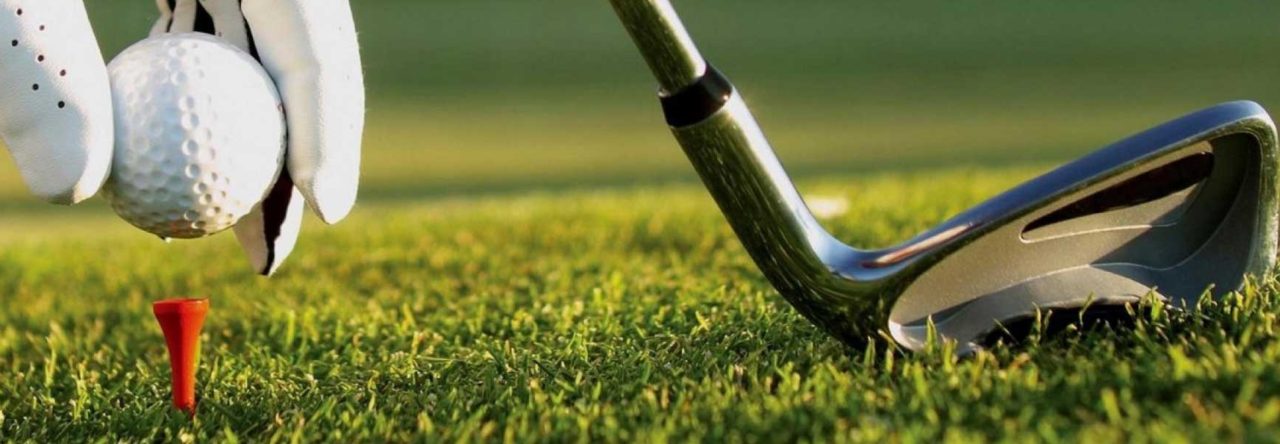Let me guess, you want to improve your scores out on the links but you’ve already tried what you think you need to work on in order to improve. You practice your four-foot putts, you make sure you get out of the sand and the rough consistently, and you make wise decisions around the course so you don’t throw a way strokes.

Most golfers believe that your short game is the most important part of shooting lower scores. Do you agree?
These are the obvious things that golfers “need” to master if they want to score well and, when I polled our Twitter followers a week ago, unsurprisingly the votes were heavily in favor of chipping and putting
And that’s how it should be? Right? After all, if you were to ask me what I thought were the most important parts of golf I would have fallen into the same category. Until I started to crunch some numbers…
The last three rounds I’ve played I’ve averaged 5.33 shots over par for my round (which isn’t too shabby I think). But what could I possibly do to get rid of those five extra strokes?
After crunching a couple numbers concerning my putting and chipping I came to 1.8 putts per hole and a 60% up and down rate from around the green. While both of these numbers might not be PGA tour caliber, for a golfer in my position I’m pretty happy with them. At the very least I don’t think I could improve them without a serious amount of practice and, even then, I doubt the change would be that noticeable during my rounds.
So what do I do? How can I get better? These thoughts bounced around my head until I walked out on the first tee the next week and I finally realized what I needed to work on. The answer actually didn’t involve the green at all.

One of my favorite holes at Hawk’s View Golf Course!
Stepping onto the tee at Hawk’s View Golf Course in Lake Geneva I was determined to figure out what the weakest part of my game was. And it didn’t take long… After pushing my drive off to the right of the fairway and claiming my first bogey of the day I unknowingly stumbled upon a gold mine.
For the rest of that round, I decided to keep track of how many fairways I hit (or greens on par 3’s) and compare that to the score I got on each hole. This is what I found out.
For my round, I shot 8 over par (not my best) but on holes where I hit the fairway my score was only +.10 over par which would equate to a little less than +2 for my round. However, on holes where I missed the fairway, my score was roughly +.85 over par which would have put me at around 15 strokes over par for my round if I had missed every fairway.
What do all these numbers boil down to? Hitting the fairway is a big deal for scoring well. By missing the fairway I threw away six strokes in just my one round! But why are your tee shots so important? You could make up those six strokes anywhere in your game right?
If we look at those six strokes I lost during my round that boils down to about .33 strokes per hole. Going back to my putting metrics earlier if I were to decrease my putts per hole by that amount I would be at 1.47 putts per hole which would put me way ahead of the best putter on the PGA Tour, who averages around 1.6 putts a hole. Even with hours and hours of practice, I would still never be able to make up the strokes I lost off the tee in another area of my game.
So, golfers, there’s my secret to playing better. Even though your putting accounts for around 40% of your shots during a round, driving the ball better might just be the key to consistently lower scores. Luckily for you, we already have some amazing tips on driving the ball just waiting for you:
- How to Cure Your Slice
- Two Keys to Crush Your Drives Long and Straight
- Simple Tips for Crisper Irons
- How to Practice: At the Range
Finally, now that we’ve figured out that our driving needs work, and we’ve read some great tips on driving the ball better, there’s only one thing left to do golfers. Go out to the range and practice before your next round and hopefully, that little bit of extra work will translate into lower scores for all of us!

